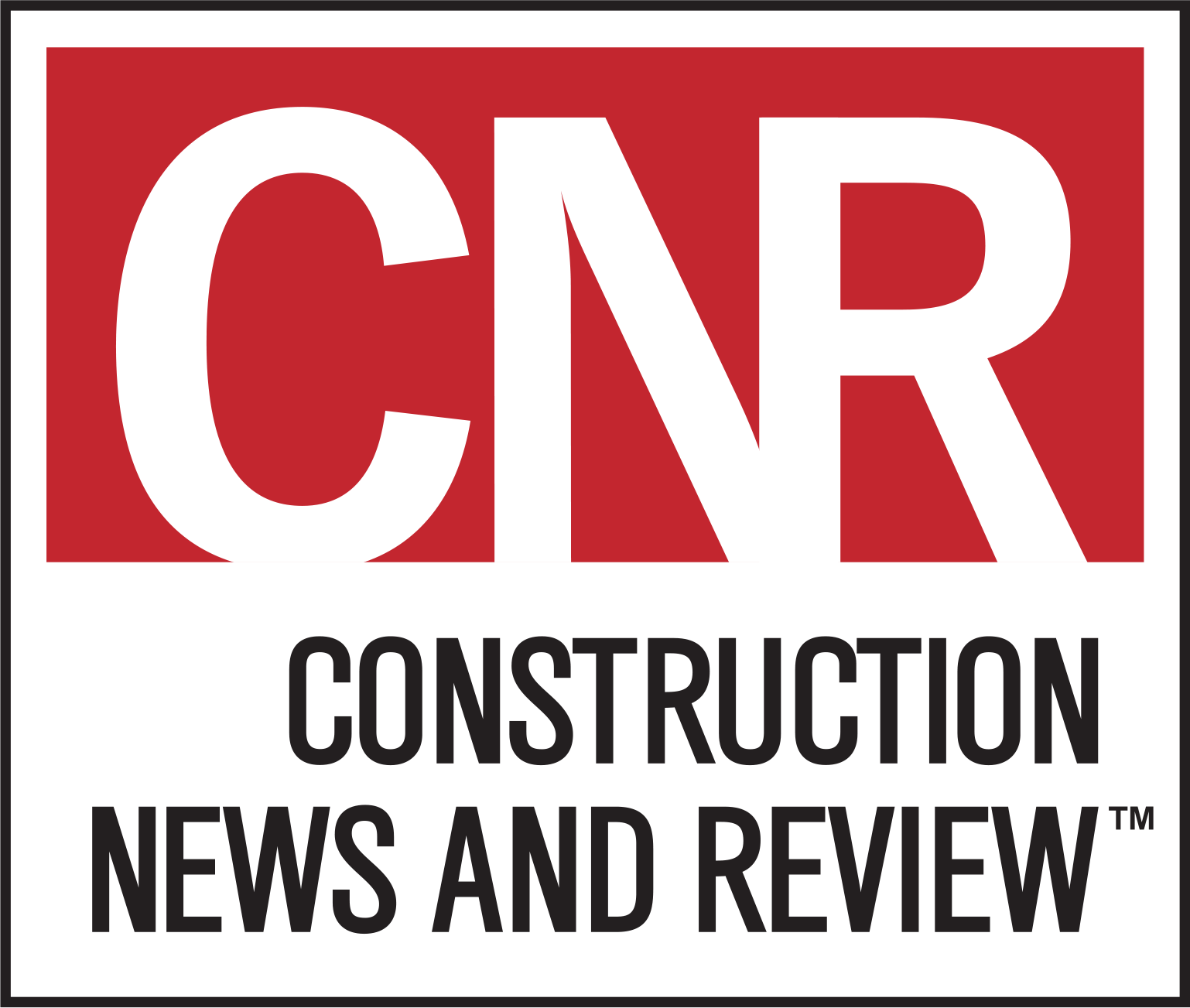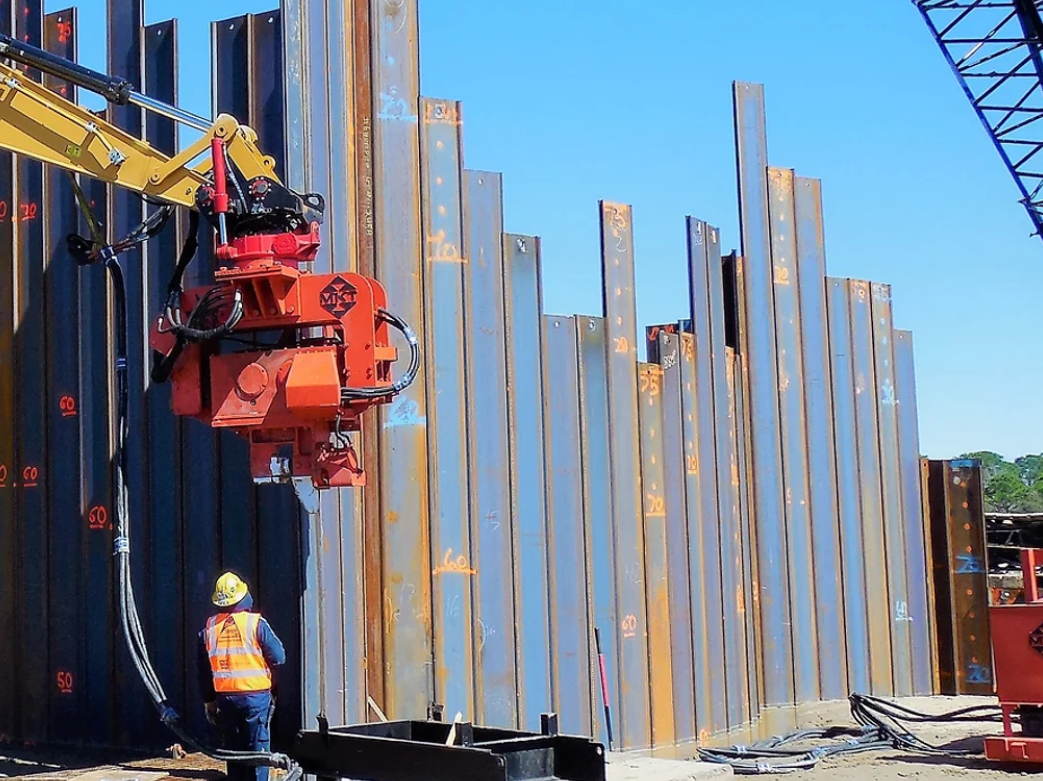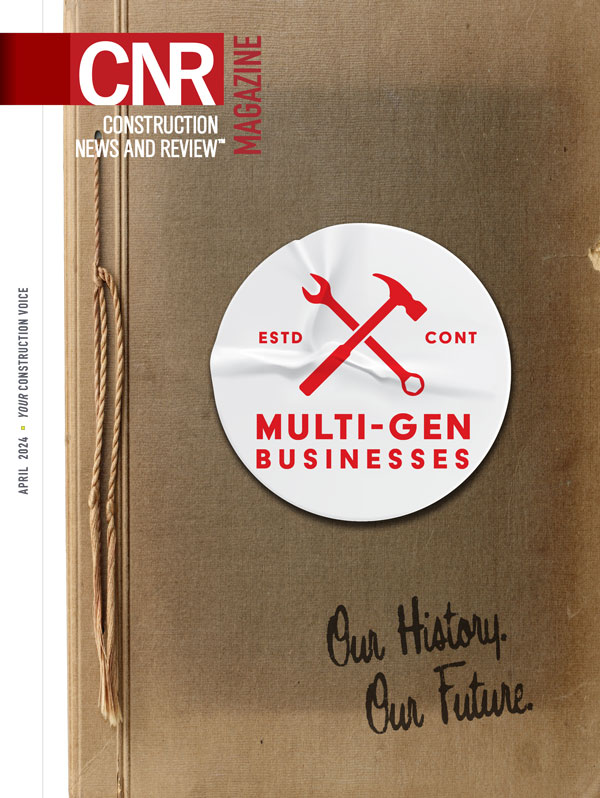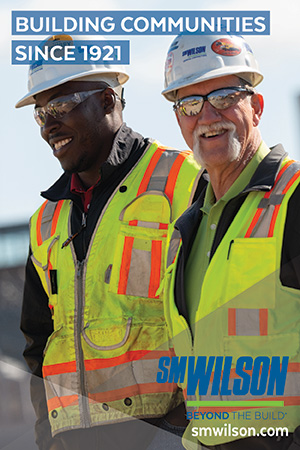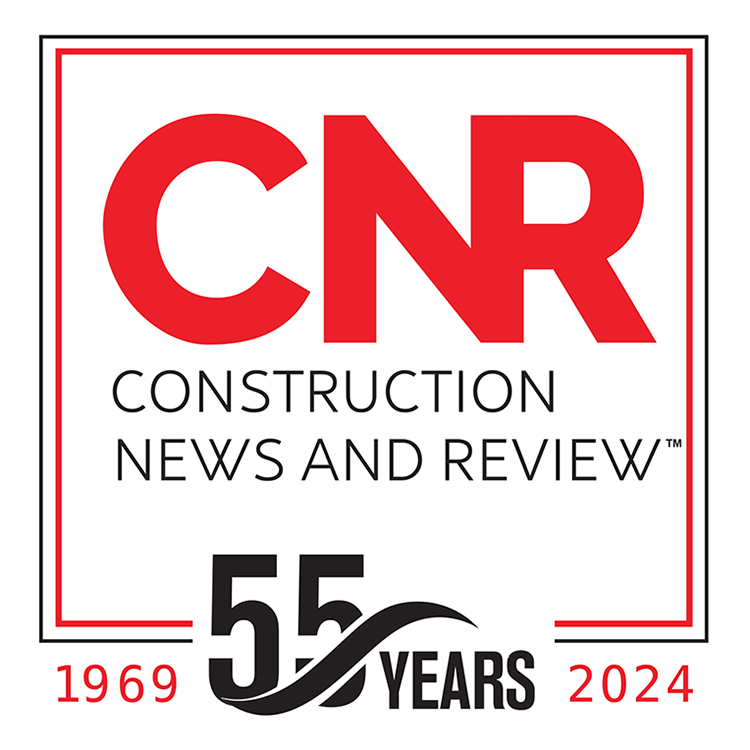Artificial Intelligence: Not Appropriate for Effective Crisis Communications
Construction is a risky business by nature, thanks to the wide range of safety, design, performance, diversity, labor and legal issues that can go wrong during the course of a project. When allegations of malfeasance are leveled toward a contractor or owner today, the public tends to carry a “guilty until proven innocent” perception of the situation based on negative news stories and social media posts.
Contractors and owners can inadvertently make things worse by communicating the wrong message when a crisis first hits their project or business. Whether the allegations are true or not, today’s smart contractors and owners include some aspects of regret, responsibility and reform in their public statements. While legal counsel may be averse to such statements, the fact is that regretting that something happened is not an admission of guilt –
nor is saying that we will determine who is responsible and then see to it that it does not happen again.
This type of emotional sensitivity helps defuse the public’s anger and provides the contractor with the opportunity – and the time – to determine who really is responsible, what will be done to correct the situation and who will pay for it. While artificial intelligence (AI) is now used by many companies to automate responses to customer inquiries and gather data efficiently during a crisis, it cannot replicate the human touch, intuition and emotional intelligence necessary for sensitive messaging and communications management during a crisis.
The best way for contractors and others in the architecture/engineering/construction industry to prepare for a crisis is to first develop key messages during a project’s planning stages. This can provide critical guidance on saying the right things when a crisis hits and defusing a potential crisis from escalating. Developing such key messaging platforms is not easy, particularly since nobody can reliably predict exactly what crisis situations might crop up…or when. However, smart contractors and owners can reasonably identify the potential downsides to their project during the planning stages and develop broad categories of messaging to address these downsides.
An equally important factor for contractors and others to consider is the emotional response to a crisis that should be made. Crises are emotional situations, so showing emotion publicly by expressing anger at wrongdoers, sympathy for adversely impacted parties and even sorrow that the situation even happened in the first place can help dilute public anger or criticism, no matter who is at fault. Reference the facts when showing emotion publicly and use a high-level spokesperson to underscore the emotion of taking the crisis seriously.
Here in St. Louis, we have seen two high-profile, construction-related crisis situations in recent years that could have benefitted from emotional responses. The “uneven, buckling floors” alleged at the BJC Campus Renewal Project were first addressed by the contractors through denial and then blame before the regret, reform and responsibility messages were introduced. The contractual irregularities alleged in Metropolitan St. Louis Sewer District’s Deer Creek and River Des Peres tunnel projects were explained away in legal interpretations while some board members showed a high level of insensitivity to the public’s interest.
In high stakes cases like these, AI cannot replace the nuanced communication requirements that PR teams use to defuse the situation and restore public trust. And depending on the nature of the crisis, there will likely be a moral call for humans – not machine learning – to provide reassurance to the public and to those that may have been harmed.
With debate swirling in the PR industry about the pros and cons of AI, one thing should be abundantly clear: When it comes to crisis management in the AEC industry, recognize and respect the limits of AI. AI lacks the capacity for empathy and human connection. The last thing you want is insensitive messaging going public and making a crisis even worse.
Fresh Content
Direct to Your Inbox

YOUR CONSTRUCTION VOICE IN ST. LOUIS AND BEYOND
Join CNR Magazine today as a Content Partner
As a CNR Content Partner, CNR Magazine promises to support you as you build, design and engineer projects not only in and around St. Louis, but also across the U.S. CNR is equipped and ready to deliver a dynamic digital experience paired with the top-notch, robust print coverage for which you’ve always known and respected the magazine.
